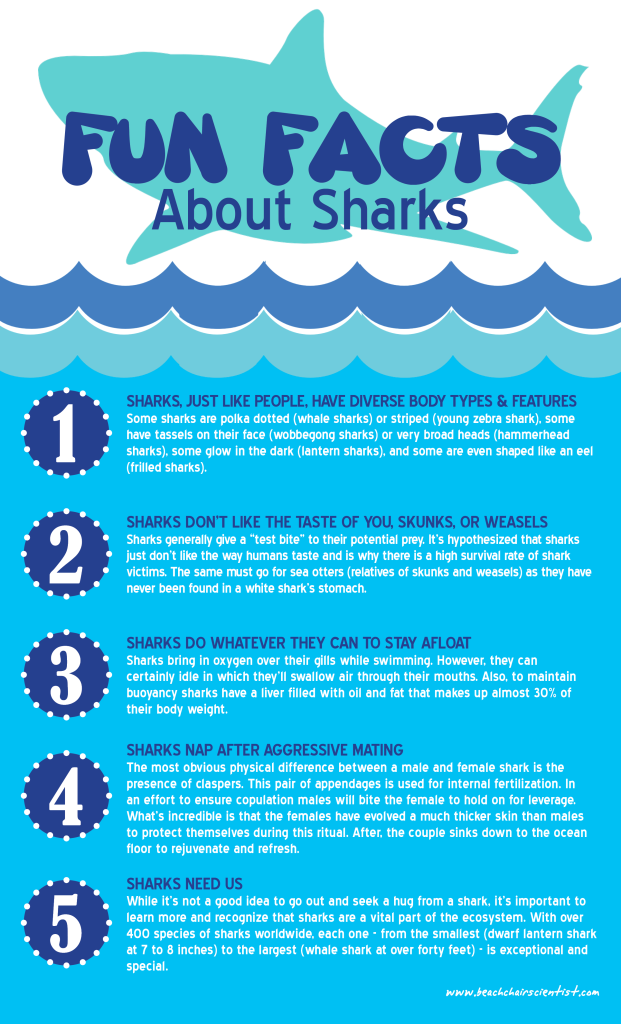Why are we so enamored with sharks? Why are we glued to the television in the summer during the last hours of daylight to watch fish on TV rather than playing a final game of wiffle ball or pick-up basketball? Does it have something to do with the fact that there are over 400 different types of sharks and always something new to learn? Anyway you slice it, these cartilaginous fish are pretty cool. Here are five surprising facts about sharks that will certainly get you excited to learn more and watch this year’s (hopefully) new and improved Shark Week. What is your favorite fact about sharks?










What people are saying …